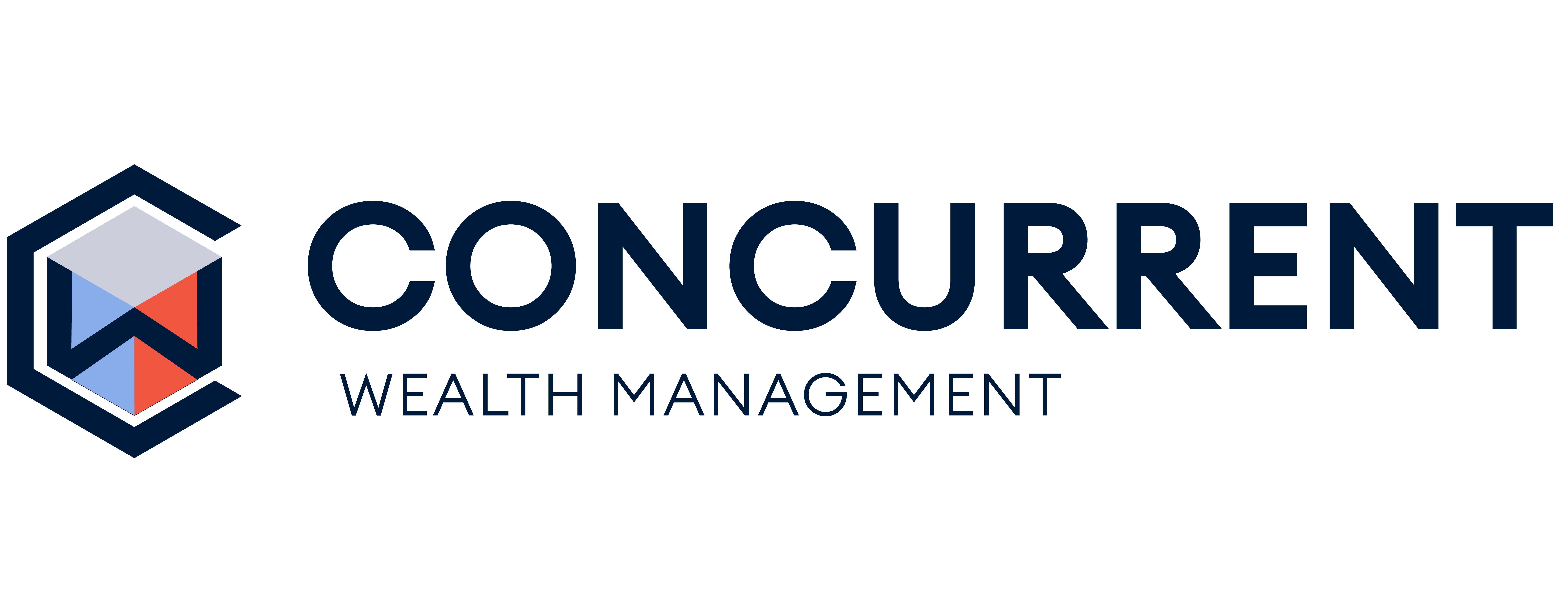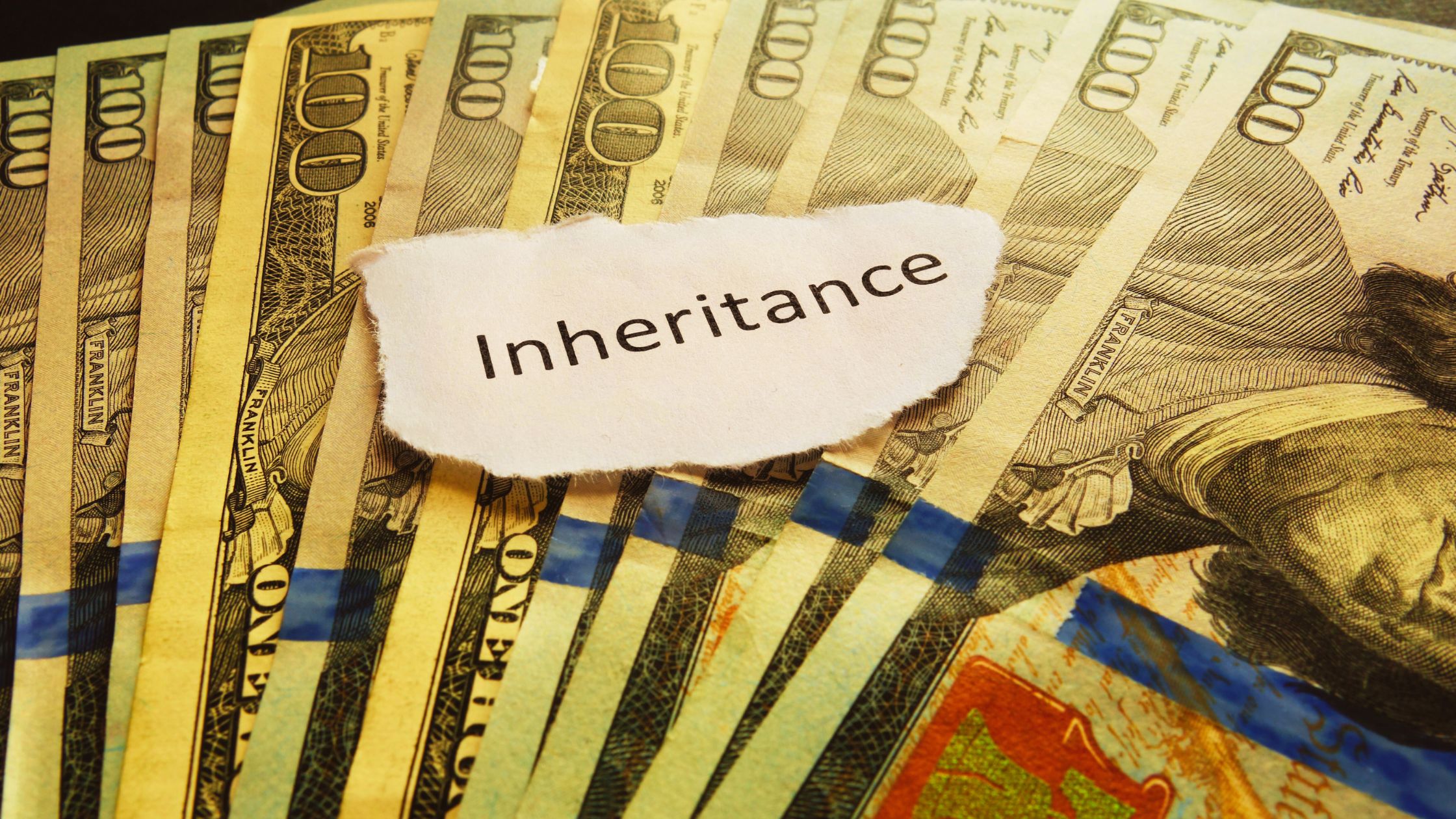Many high-income Gen X professionals are planning to live longer, but few are planning to live better.
Increased longevity has become more attainable through advancements in medicine, nutrition, and public health. But more years lived does not always translate to more years lived well. For financial planning to be truly effective, it must move beyond lifespan projections and address healthspan—the number of years lived in good health.
This perspective has powerful implications for how Gen X approaches retirement planning and wealth management. Instead of focusing solely on how much they’ll need to save to reach age 95, professionals must also consider how to fund a meaningful and active life when they are most physically and emotionally able to enjoy it.
Healthspan vs Lifespan: What’s the Difference?
Lifespan refers to the total number of years a person is expected to live. In contrast, healthspan focuses on the years lived free of major disease and chronic disability. According to the CDC, the average U.S. lifespan is 76.4 years¹. However, studies show that the average healthspan ends around age 66².
That 10-year gap represents a period often characterized by decreased mobility, higher medical costs, and lower independence. If left unplanned, this gap can create significant stress on both finances and quality of life.
Shifting your focus from lifespan to healthspan encourages a more realistic and supportive financial approach that integrates wellness, purpose, and protection.
The Hidden Cost of Oversaving
Longevity risk—the possibility of outliving your money—is a legitimate concern, but it often leads to a fear-based strategy of over-saving and underliving. Many Gen X households delay meaningful experiences or avoid spending on wellness during their most energetic years, fearing they’ll regret it later.
Yet data shows that only 38% of retirees report high satisfaction in their first decade of retirement³. Common regrets include missing family milestones, deferring travel, or never investing in their own vitality.
Oversaving for retirement can lead to the unintended consequence of missing the only window when one has both time and energy to enjoy wealth fully. The goal should not just be to avoid running out of money, but to ensure that you don’t run out of life while preserving it.
This idea is deeply explored in Wealth in the Key of Life, which encourages professionals to balance their wealth-building years with intentional living across all life stages.
Why Life Stage Planning Outperforms Age-Based Planning
Age alone is a poor proxy for financial readiness. Your energy levels, family dynamics, professional trajectory, and health status are more indicative of your planning needs than a number on a birthday cake.
Adopting a life stage financial planning framework ensures that your resources support your lifestyle when you are most capable of enjoying it. Here is a helpful breakdown for Gen X professionals:
1. Vital Years (40s–50s)
This is your highest-energy period. Focus on maximizing purpose-driven spending while continuing strong saving and investing. Use tools like reverse budgeting to prioritize what matters most, including wellness, travel, and family engagement.
2. Healthy Retirement (60s–70s)
In these years, activity may slow, but the desire for meaningful living remains high. You should emphasize flexibility in your tax-efficient withdrawal strategy, as well as continued funding of lifestyle choices.
3. Support Years (80s+)
Plan ahead for the financial impact of long-term care, assisted living, or home support. Estate planning and liquidity preservation become crucial to maintaining control and dignity during this stage.
How to Integrate Healthspan Into Your Wealth Plan
A healthspan-first approach to financial planning means more than just shifting mindsets—it requires actionable strategy. Here are several ways to do this effectively:
- Maximize HSA contributions: A Health Savings Account offers triple tax advantages and can be used for medical costs in retirement, including long-term care insurance premiums⁴.
- Segment assets by life stage: Rather than treat your retirement portfolio as a single block, create allocations for near-term vitality, mid-retirement spending, and support years.
- Use a lifestyle-aligned financial planning approach: Reallocate wealth to support experiences that align with your values during high-energy years while maintaining long-term sustainability.
- Update estate and care directives regularly: Don’t wait until your health declines. Use revocable living trusts, powers of attorney, and healthcare directives to build a flexible structure for the future.
- Review plans through the lens of vitality: Annual reviews should assess more than market performance. Incorporate energy levels, life satisfaction, and health goals to make meaningful adjustments.
Don’t Just Save for the Future—Live for Today, Too
Wealth is more than a reserve for old age. It’s a tool to create a life rich in experiences, contribution, and freedom. Gen X professionals are uniquely positioned to take advantage of this new longevity era—but only if they stop postponing life and start funding it while it matters most.
A strategy built around healthspan recognizes that your best years might not be at the end of life, but in the present. Structuring your financial plan around energy and wellness—rather than age alone—can help you live well now and preserve stability for later.
Three Key Takeaways
- Healthspan-focused planning ensures your money supports vitality, not just longevity.
- Oversaving can lead to missed experiences during your most active years.
- Life stage–based planning creates a realistic and purpose-driven wealth strategy.
Let’s Talk About Your Wealth and Well-Being
At Concurrent Wealth Management, we help Gen X professionals plan for a life that includes both financial security and meaningful living. If you’re ready to align your money with your vitality, let’s talk.
Schedule your complimentary good-fit conversation
References
- Centers for Disease Control and Prevention. (2022). Life expectancy at birth. National Center for Health Statistics. https://www.cdc.gov/nchs/fastats/life-expectancy.htm
- Crimmins, E. M. (2015). Lifespan and healthspan: past, present, and promise. The Gerontologist, 55(6), 901–911. https://doi.org/10.1093/geront/gnv130
- Age Wave. (2022). The Four Pillars of the New Retirement. https://www.agewave.com/wp-content/uploads/2022/05/EJ_FourPillars_Year2Report_FINAL.pdf
- Internal Revenue Service. (2023). Health Savings Accounts and Other Tax-Favored Health Plans. https://www.irs.gov/publications/p969





